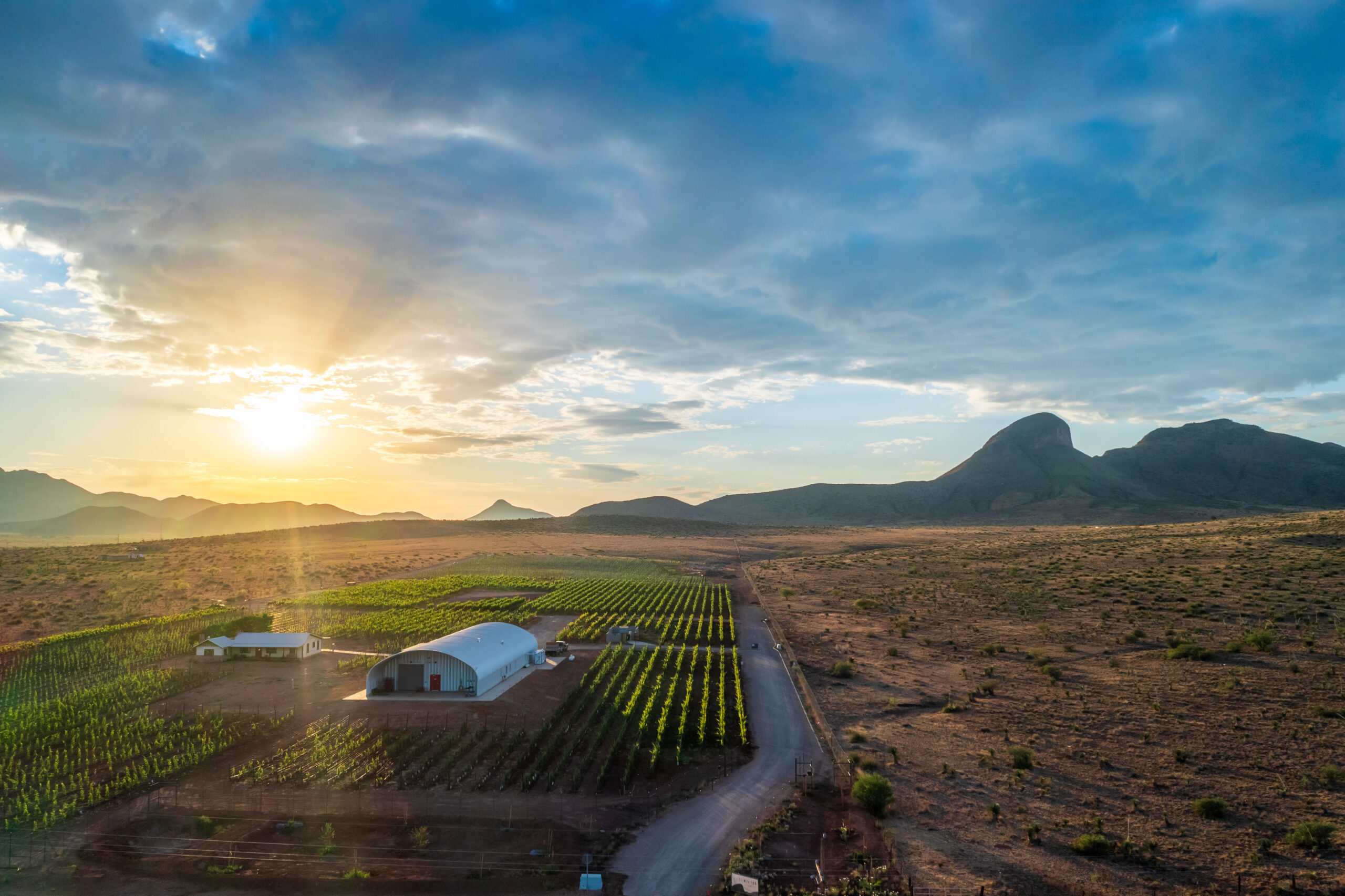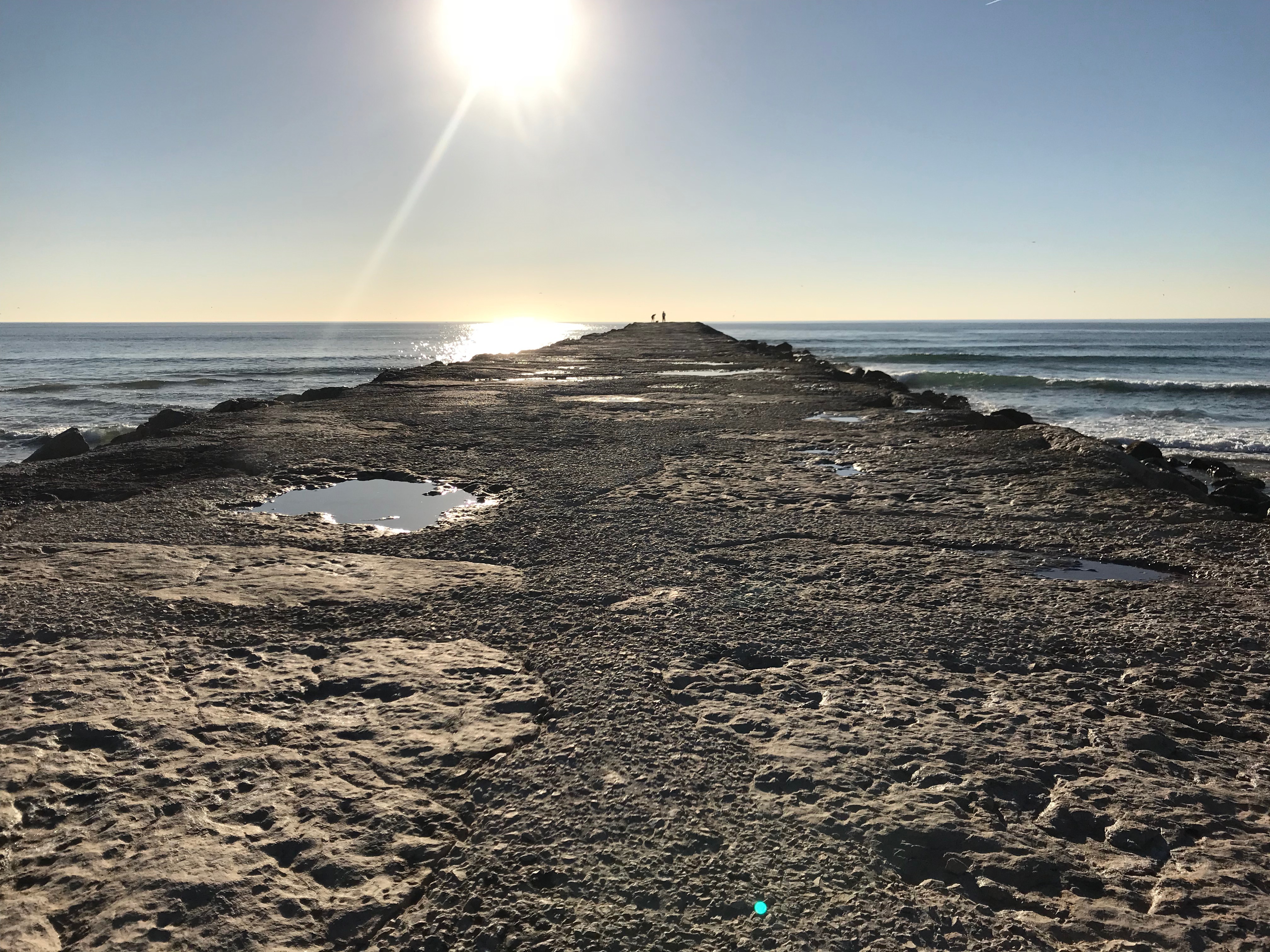
Snake Guru Saving all the Creepy, Crawly Critters in Arizona
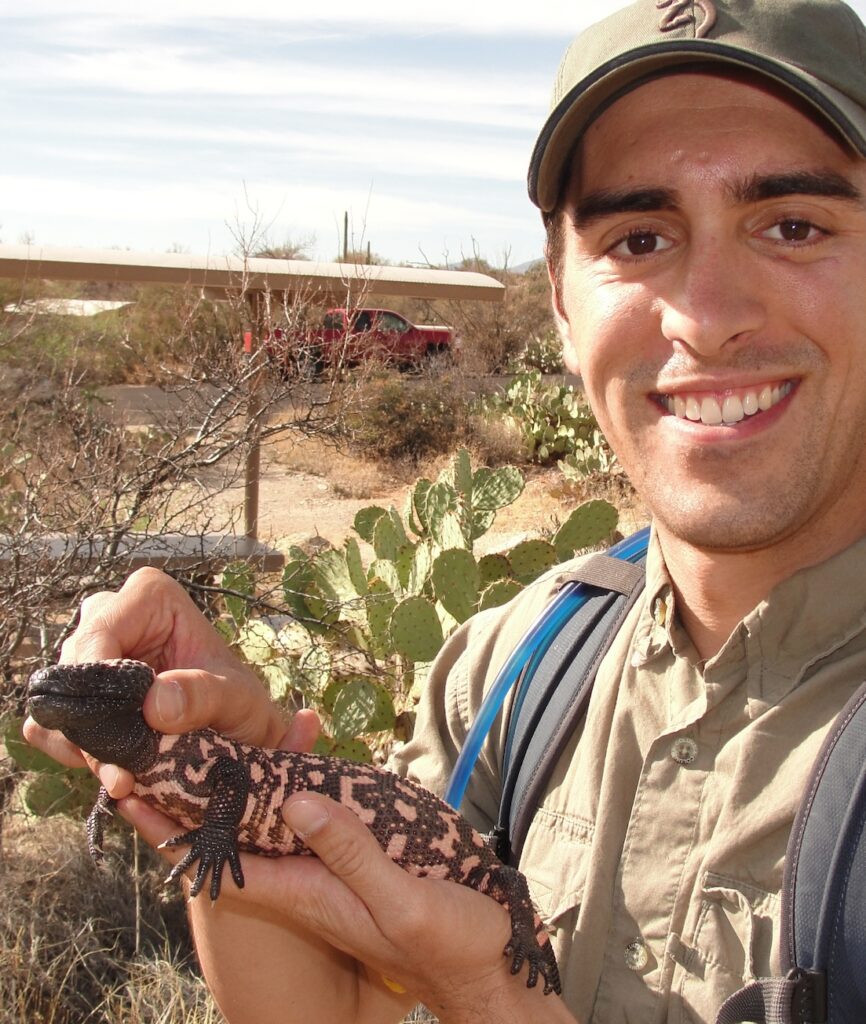
We recently met Nicholas Massimo, 36, from Phoenix, Arizona, who is a herpetologist and owner of Snake Guru, LLC. A herpetologist is an expert in biology of reptiles and amphibians and follow careers in teaching, research, conservation and zoo-keeping which is the end goal for the Snake Guru. What happens if you find a rattlesnake during your midnight munchies? Nick also offers 24/7 professional reptile relocation and removal services in Phoenix, Arizona and surrounding cities. Let’s deep dive into this interesting world of Arizona’s own Crocodile Dundee with a question and answer session below!
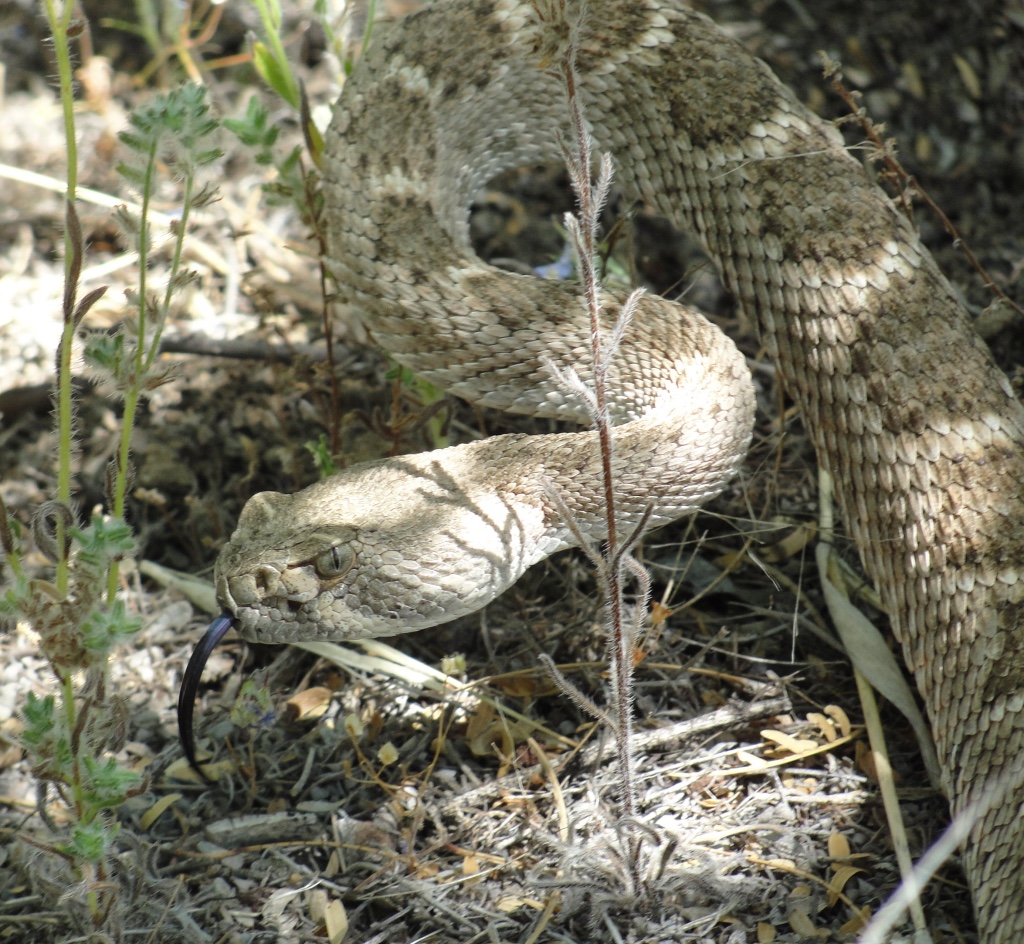
Q: How did you get into being a “Snake Guru”?
A: I have over 15 years of experience working with venomous animals and other wildlife. My first big break working professionally on herpetology-related projects came when I received a summer internship with the Arizona Game and Fish Department. While this was only supposed to be a one-summer long position, I was fortunate to extend this into a position lasting roughly two years. During my time with the AGFD, I gained a wealth of experience working with species like desert tortoises, shovel-nosed snakes, long-nosed leopard lizards and a few species of bats to name a few!
My second ‘big break’ was getting an opportunity to work under the mentorship of Dr. Kevin Bonine (from the University of Arizona) conducting research on Gila monsters and other herpetofauna in Saguaro National Park. Ironically, this also morphed from an initial short-term project, to one that lasted several years.
My latest big break happened when I was accepted into a PhD program at Arizona State University studying emerging infectious diseases in wildlife, mainly in amphibians under the expert guidance of Dr. Jim Collins. During graduate school, I volunteered my time to the community for several years helping folks when they had any questions or health threats when they encountered wildlife, mainly snakes. When graduate school was coming to an end, I started to seriously contemplate starting an actual business. I officially started Snake Guru, LLC in 2021, but I was first given the nickname when a local newspaper interviewed me about the work I was performing for my community.
Soon after that, Anita Rao with National Public Radio reached out asking to do a follow up interview. Since that time, I’ve embraced being the Snake Guru serving my community as best I can.
Q: With a biology background and growing up here, you must know about all the Arizona critters! Please tell us about some lesser-known species that is found in AZ?
A: Many folks may be surprised to learn we have nearly 60 different species of snake in Arizona. In addition, Arizona is also home to 30 different species of amphibians. As a professional working to reduce human-wildlife conflict, I believe it’s very important for pet owners, especially dog owners, to be aware of the toad species that often become active around the monsoons and other warm precipitation events. In particular, the Sonoran Desert Toad (Incilius alvarius), is the largest amphibian native to Arizona. This species is mainly a light, olive-green color with a pale cream-colored belly. There are two distinctive white tubercles in each corner of the mouth. This species of toad can also produce a potent toxin when it feels threatened. Unfortunately, there is no known treatment to counteract the effects of the toxin so dog owners must be extremely diligent about making sure their pets do not get one of these toads in their mouth.
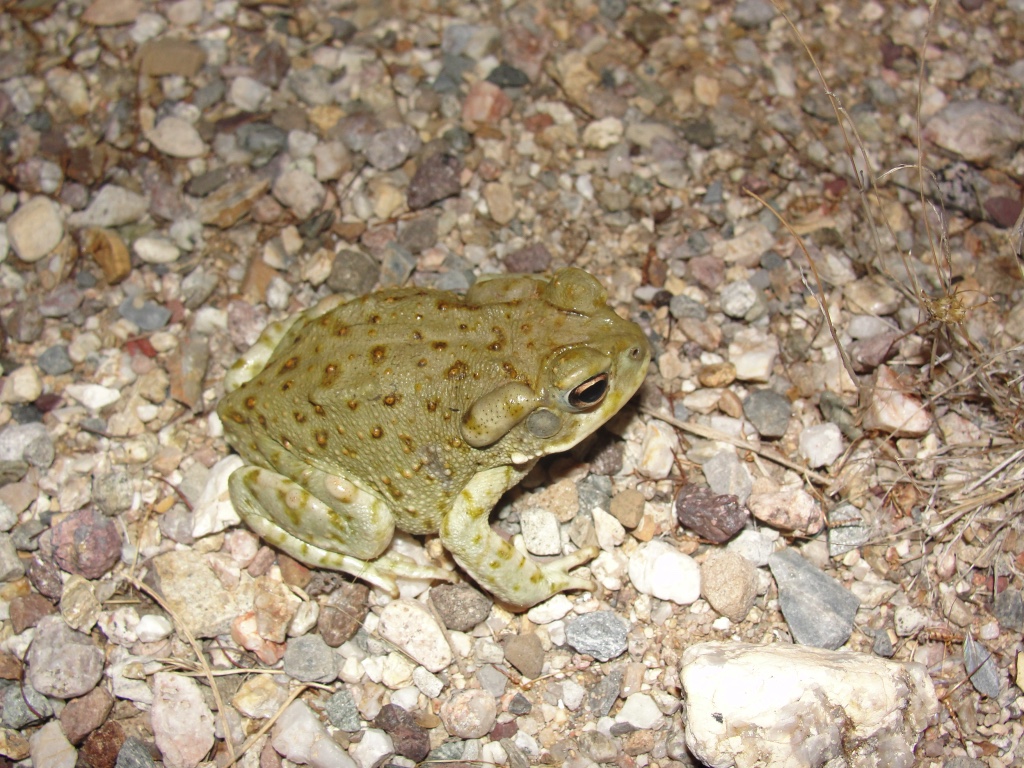
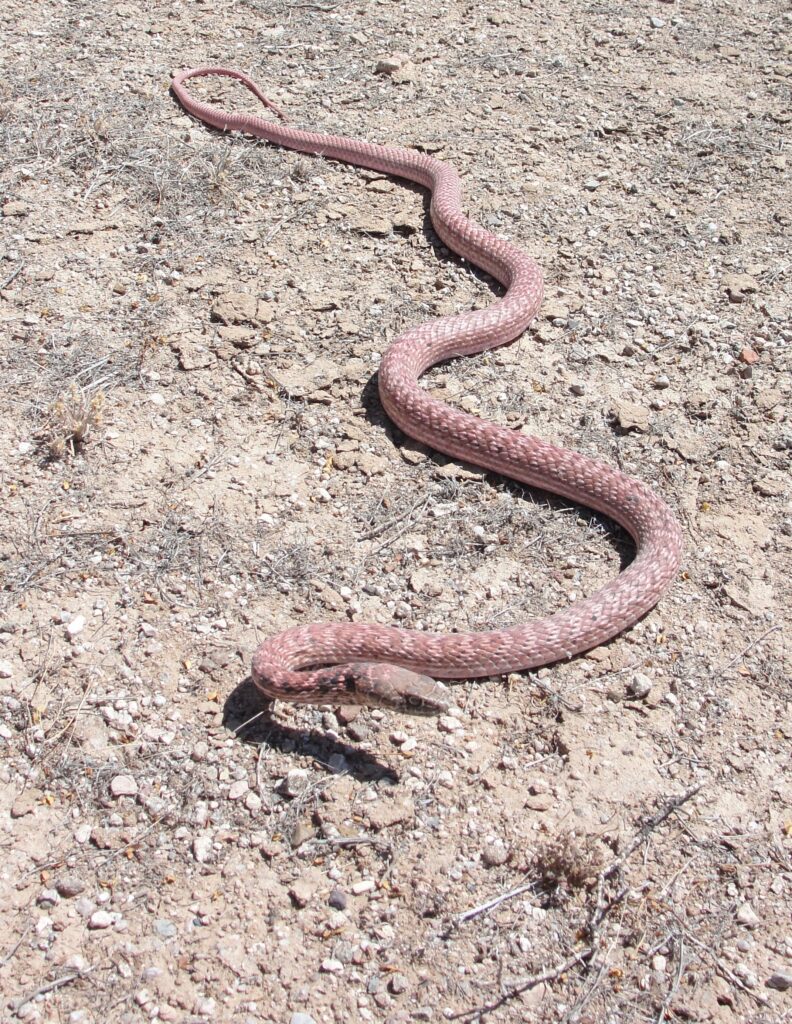
Q: What should you do when you see a snake?
A: If you see a snake (or other wild animal for that matter), from a safe location keep an eye on the animal and call a professionally trained, licensed party, such as Snake Guru, LLC. Once contacted, Snake Guru will provide an estimated time of arrival, usually 30 minutes or less. You should watch the animal the whole time until help arrives. This optimized the chances of successfully relocating the snake in the safest manner possible.
Q: What happens if someone gets bit by a snake? What should they immediately do?
A: Ideally, you should never get close enough to a snake to get bitten in the first place. In the unfortunate circumstance a person gets bit by a snake in North America, they should immediately call emergency services like 911. The person should do their best to remain calm while taking off any jewelry (rings, bracelets, earrings, etc.) and belts. DO NOT attempt to put on a tourniquet or restrict blood flow to the limb that was bitten. DO NOT try to suck the venom out of the bite wound. This may lead to venom entering the body through a small wound in the mouth or gastrointestinal tract further complicating things. If you have a pen, circle the bite area and monitor swelling every 15 minutes until contacting emergency services.
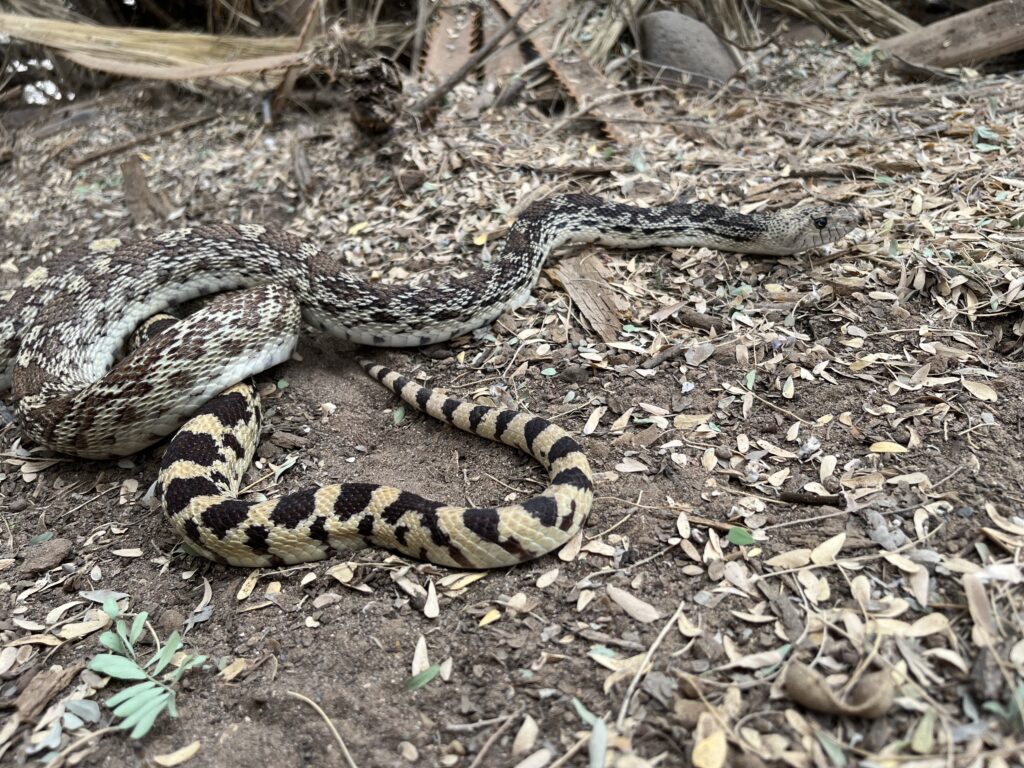
Q: How do you know it’s venomous? What are the common snakes in Arizona where people see at home, hiking, mountains, etc.?
A: Unfortunately, there is no easy trick that allows someone to obviously identify a venomous versus nonvenomous snake. The best trick, is to treat every snake as if it is venomous until you are 100 percent certain it isn’t a health threat. A great place for someone to start is by learning what venomous snake(s) live in their immediate area. In Arizona, the native species of snakes that can harm people are rattlesnakes (13 different species) and the Sonoran coralsnake. While this last scenario is not very common, a non-native venomous snake may escape its enclosure or be intentionally released. In either case, a professional in my line of work has to be ready to deal with anything, from anywhere on the planet whenever I go to work.
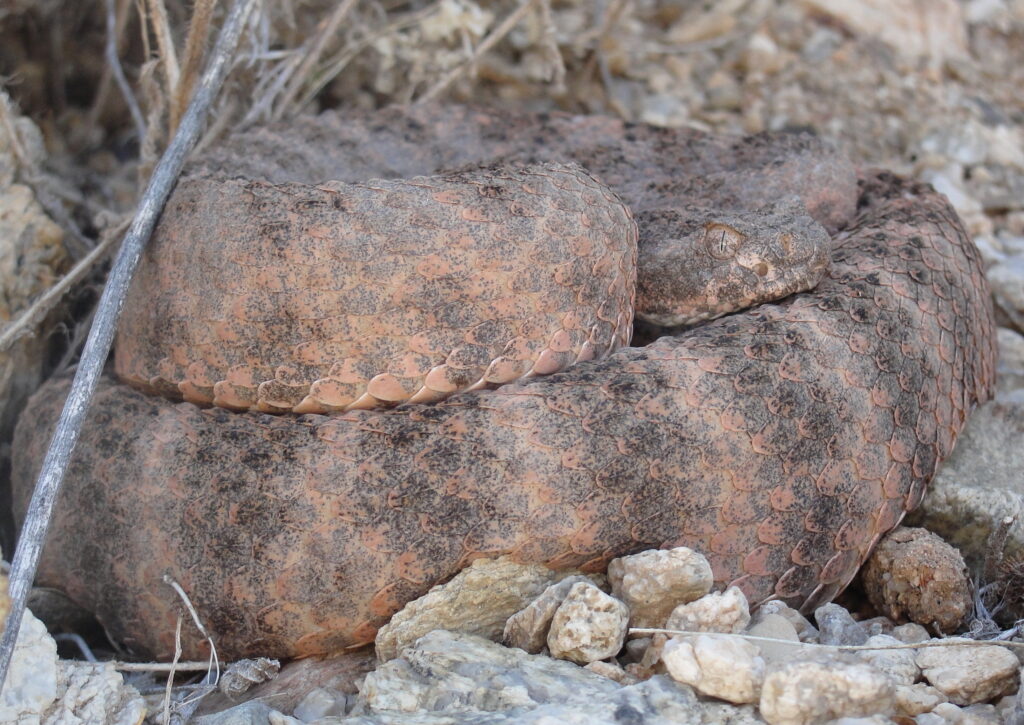
Q: What happens after you rescue the snake or other creature?
A: I started my business to catalyze education in my community while also supporting the conservation of all the unique wildlife in my area. After an animal is taken into my custody, I need to determine if it presents a health threat to people and/or pets. If yes, the animal is taken to an ideal microhabitat site as close to where it was found as possible, but still far enough away that encountering a human/pet again will be very unlikely. In cases where a snake is nonvenomous, I highly encourage people let the snake stay on the property. The snake is there for a reason, most likely food, water and/or shelter. Removing the snakes doesn’t address any of the resources that would attract a snake in the first place. It only creates a small opening in the environment for another animal, possibly a venomous snake, to fill that void. Some snake species, such as the California Kingsnake as well as Coachwhips actually specialize on eating other snakes, even the venomous ones!
One of Arizona’s unique residents in the Gila monster (Heloderma suspectum). In Arizona, there are very strict regulations protecting this species. The public is not allowed to touch, harass, capture, kill or even impede this animal’s path. This lizard is also one of two venomous species of lizard on the whole planet so give it the extra respect it deserves. Snake Guru is one of a handful of folks in the entire state licensed to work with these species that actually has YEARS of experience working them. If you had to choose someone to help with your Gila monster crisis, I’m calling Snake Guru, hands down!
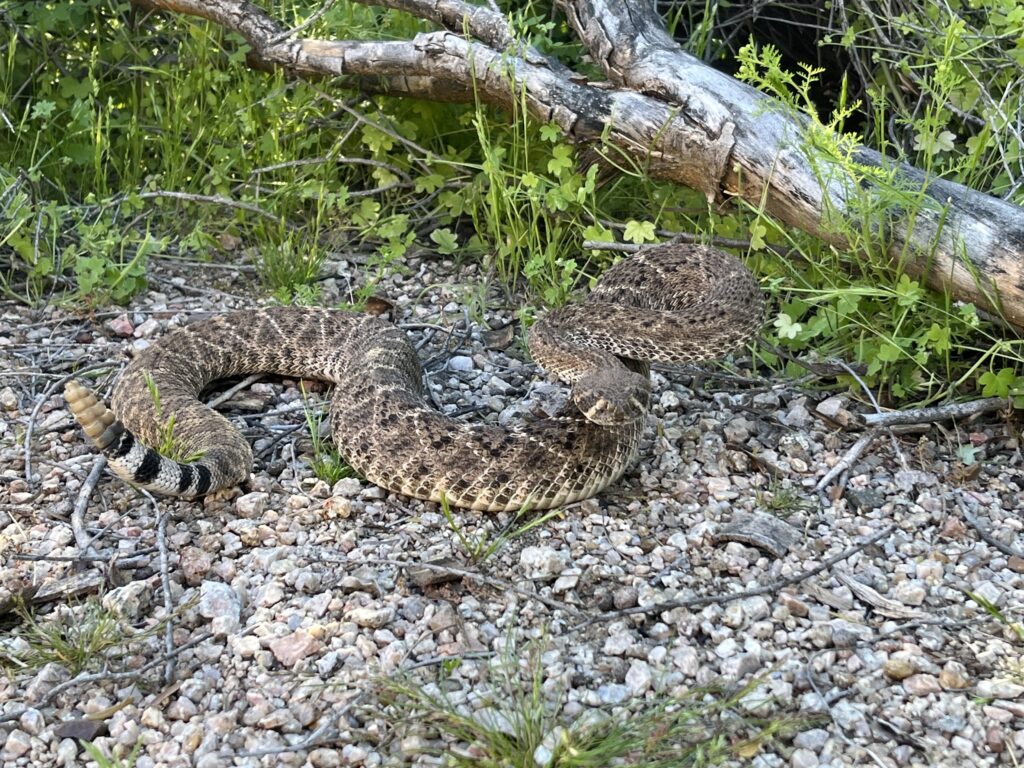
Q: What makes you different from your competitors?
A: Snake Guru, LLC is the only wildlife control company in Arizona operated by a professionally trained herpetologist, offering 24-hour services, that’s insured and licensed by the Arizona Game and Fish Department. Snake Guru, LLC has also invested heavily into extra professional certifications and training. Snake Guru is also the only company certified as a professional wildlife control operator by the National Wildlife Control Operators Administration (NWCOA). In total, Snake Guru holds the following certificates offered by NWCOA:
- Advanced Wildlife Control Operator
- Basic Wildlife Control Operator
- Bat Standards Certified (Level 1)
- Structural Bat Management Professional (Level 2)
- Structural Bird Management Professional (Level 1)
- Structural Bird Management Professional (Level 2)
- Zoonotic Disease Professional
- Rodent Standards Certified
- Reptile & Amphibian Level 1
- Venomous Snake Certified
Some people elect to call 911 when they encounter a snake on their property. There are a few big differences between Snake Guru and the average first responder handling a snake removal.
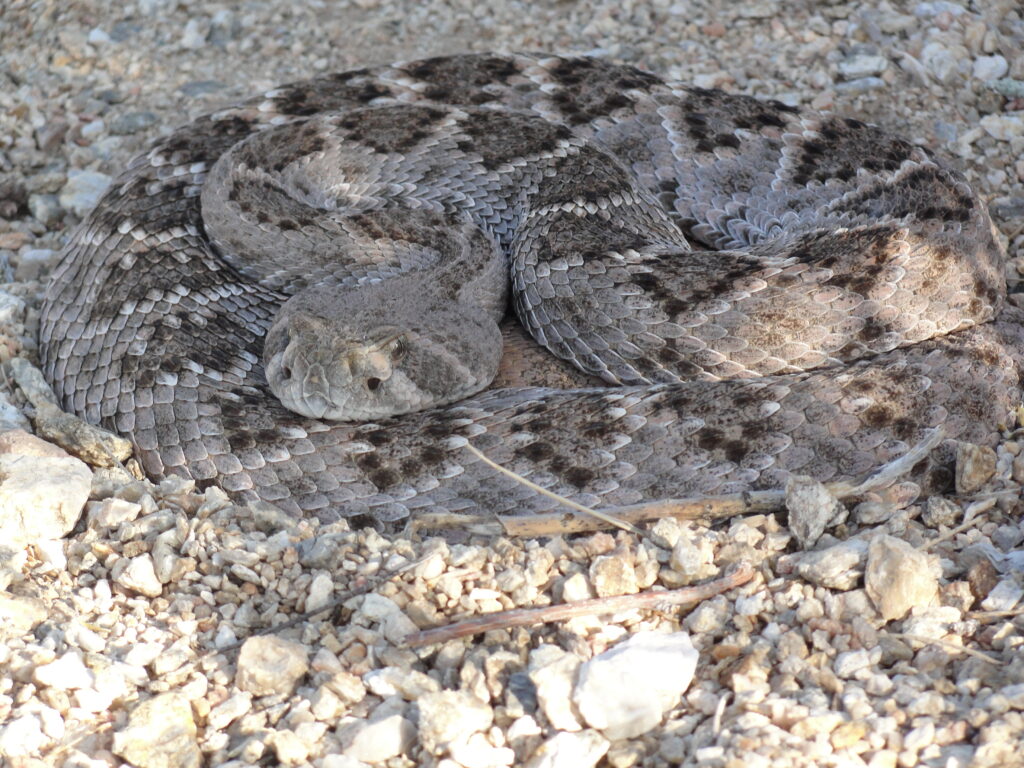
Training: Snake Guru has received extensive training (15+ years) working with snakes. Every first responder I’ve spoken with has reported zero hours of training before being sent to work with a venomous snake!
Relocation Distance: Snake Guru, LLC is licensed by the Arizona Game and Fish Department following strict laws on when and where different species of wildlife may be moved. My company goes even further by investing extra time into finding the release site. Our goal is to give the animal we’re working with almost immediate access to food, water and/or shelter with an optimal microsite selection. In general, first responders are only allowed to move a snake to the border or your property line and drop it off. This may solve an initial emergency, but a potentially dangerous situation is now wandering around your neighborhood.
Insight into Reoccurrence: If someone gets a rattlesnake inside of their home, the last thing they want is for it to happen again. Not only will Snake Guru, LLC relocate a snake, we also invest the extra effort into trying to determine why the animal was there in the first place. After performing a property assessment, we provide expert advice on how to reduce the odds of having this occur again in the future. In some cases, we can install prevention measures that stop rattlesnakes (and other pests) from accessing parts of your property. Good luck getting any of that expert advice when you call 9-1-1, they have other emergencies they need to race off to address.
Q: Where is the craziest place you found a snake hiding and where should people be aware of?
A: One of the most memorable places I found a snake was inside of the control panel of a stove. Around midnight, the customer sent me the photo you see below. I had to take apart nearly the entire stove until I got to a small bunch of insulation the snake had hidden inside. During my adventure of dismantling the stove, I discovered it had also been home to at least one mouse for a very long time. The quantity of rodent droppings, nesting material and old food wrappers inside the stove was disgusting. I highly advised the people living there they need to get a new stove as it did not seem safe to eat from.
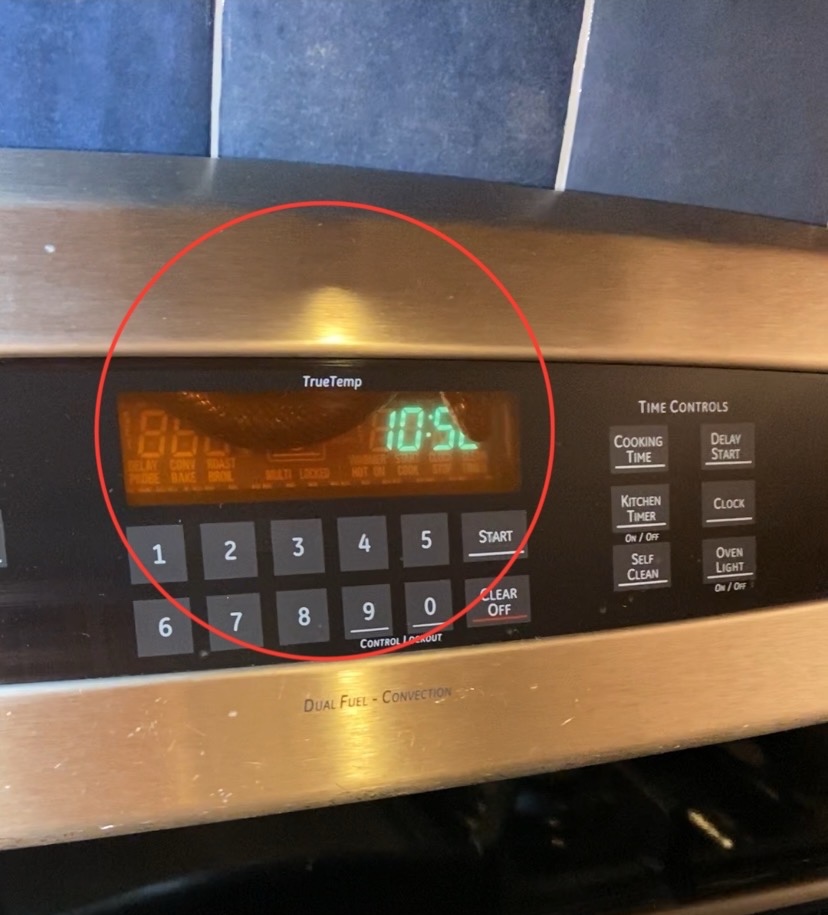
People should be aware that snakes want nothing to do with people. Snakes are very shy most of the time, preferring to flee or hide, rather than face a potentially deadly conflict with a human. People should always wear shoes when going outside, and use a flashlight when it is dark. Generally, if a person is comfortable due to the temperatures outside, a reptile will probably feel the same. If there are sustained temperatures of 65 to 70 degrees Fahrenheit for a few days, the odds of running into a snake, reptile or amphibian will increase.
Q: You were recently on television for an emergency reptile removal. Please tell us all about it?
A: I was actually interviewed by TWO news channels on the same day regarding reptile-related stories. Gabriella Bachara of Channel 12 News wanted to get my perspective on an incident where a couple found a large rattlesnake in the back seat of their car! The odds of a wild animal being able to access the inside of your vehicle is extremely low, so please don’t lose any sleep worrying about a snake also showing up in your car. The snake most likely was brought into the car unintentionally, similar to a stowaway hiding in a box to get into the car in this instance. It may have also got inside when a door was left open, or if a rodent damaged part of the car, creating an opening for small critters to access the vehicle.
As soon as I was done speaking with Channel 12, the next news crew arrived for an interview. This time, Casey Torres with Channel 3 News wanted to help educate our community on how to stay safe with snake activity increasing in alignment with the warmer weather. Along with safety tips, we also let the community know my business provides 24-hour snake removal and prevention services.
Q: If someone wants to get rid of their “pets” humanely and possibly rehome them, can they reach out to you?
A: People should know there are a variety of options available in our community if they are no longer able to take care of their pet. Most are not familiar with the options available for animals like snakes or other reptiles. One of the best places people can contact in this situation is the Phoenix Herpetological Sanctuary. They specialize in providing rehabilitation and long-term care for reptiles and amphibians, in addition to providing excellent educational opportunities for people in our community. Snake Guru DOES NOT rescue or rehabilitate animals at this time. However, we do collaborate with the Phoenix Herpetological Sanctuary regularly.
Q: How often is there a lost turtle in Arizona and how on earth did you find them?
A: Unfortunately, it’s far too common for someone’s pet to escape their enclosure or be intentionally released by the owner because they can’t/don’t want to take care of it anymore. In 2023, Snake Guru responded to over 10 instances where a non-native reptile was found. In some cases, the owner was happily found and the parties happily reunited. In other instances, animals were surrendered into the care of another facility to provide long-term care. While the odds of encountering non-native species is low, it’s extremely important to try and be prepared to work with something that may very well be exotic.
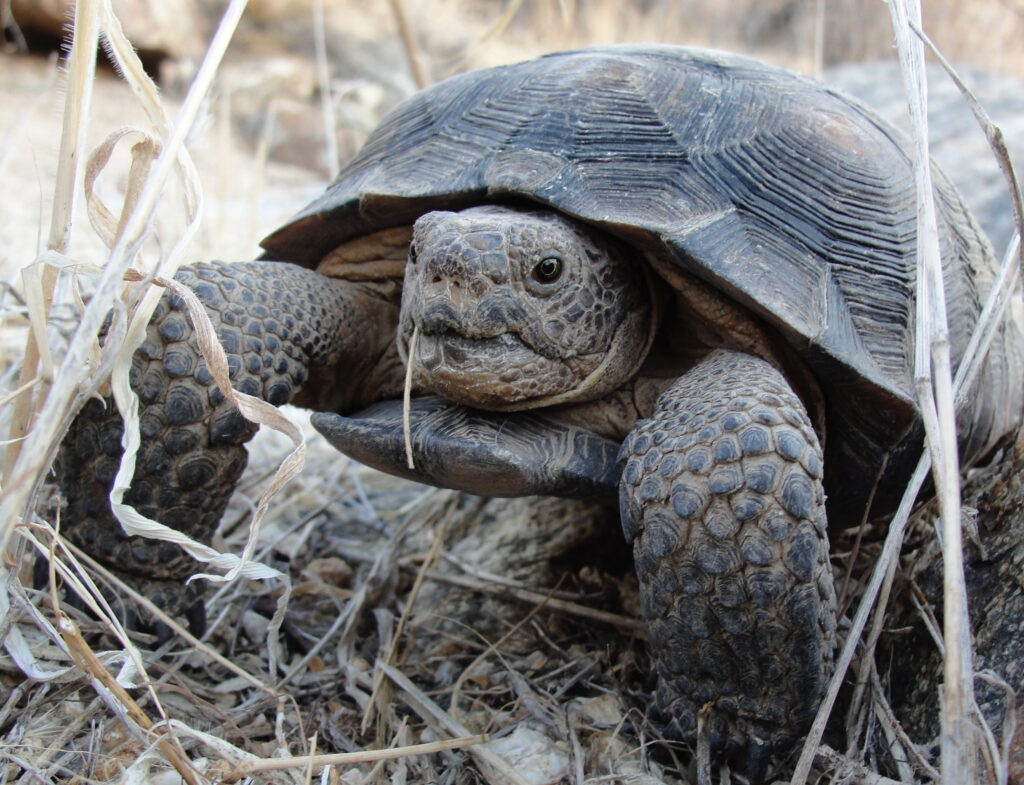
Q: What is your goal in the future?
A: Snake Guru, LLC was started to catalyze wildlife conservation and community education. Hopefully, if we’re fortunate enough to grow, we hope to establish a brick and mortar location the public can visit to learn more about the unique flora and fauna or Arizona. As part of this location, we intend to designate areas where continuing education events can be hosted for trainings, workshops and research. Stay hooked for what’s to come!
Q: How can people find you fast?
A: The fastest way to get a hold of me is to call or text 928-533-6276 or email nickmassimo@snakeguru.com.


